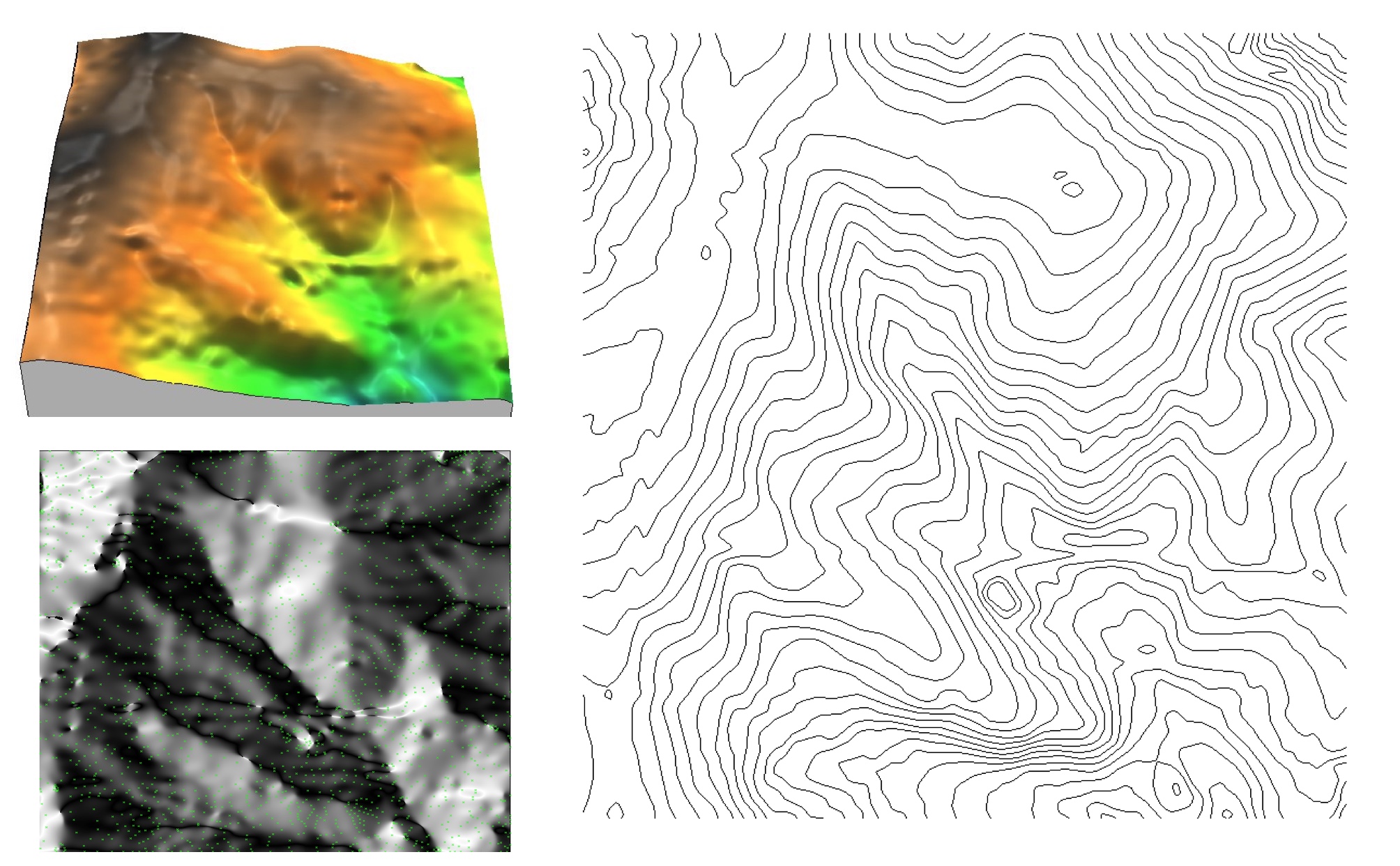

By completing the second class in the Specialization you will gain the skills needed to succeed in the full program.

You should have equivalent experience to completing the first course in this specialization, Fundamentals of GIS, before taking this course. Take GIS Data Formats, Design and Quality as a standalone course or as part of the Geographic Information Systems (GIS) Specialization.
Continuous data in a raster format how to#
You will also learn how to bring your maps and data to the Internet and create web maps quickly with ArcGIS Online. Week 4: Explore datasets and assess them for quality and uncertainty. You'll also work with rasters for the first time, using digital elevation models and creating slope and distance analysis products. Learn how to choose between them for your projects and how to optimize them for speed and size. Week 3: Learn about common data storage mechanisms within GIS, including geodatabases and shapefiles. You'll also learn how to create new data through the process of digitizing and you'll use the built-in Editor tools in ArcGIS. Week 2: Create a vector data model by using vector attribute tables, writing query strings, defining queries, and adding and calculating fields. You will also learn about the implications of a data’s scale and how to load layers from web services. Week 1: Learn about data models and formats, including a full understanding of vector data and raster concepts. Jensen, Introductory Geographic Information Systems, Pearson Education, 2013.In this course, the second in the Geographic Information Systems (GIS) Specialization, you will go in-depth with common data types (such as raster and vector data), structures, quality and storage during four week-long modules: Tyner, Principles of Map Design, New York: Guilford Press, 2010. Jensen, Introductory Geographic Information Systems, Pearson Education, 2013. This grouping converted the continuous data into discrete data suitable for analysis." For example, a set of continuous slope data may be grouped into slopes below 25 degrees and slopes above 25 degrees to help an urban planner decide where to put a new road. A layer of continuous data may be converted to discrete data where all values fall into either the acceptable value or the not acceptable value. In a GIS, discrete data layers may be created for analysis. In the example of a topographical map, sea level could be shown in white and progress through the gray scale as it gains elevation until the highest elevations on the map appear black.Ĭontinuous data can be called nondiscrete data or it can be referred to as a field. Continuous data are often shown in a color scale in order to show change over an area. One of the most common types of continuous data is a topographic map showing elevation on a color scale. Other examples of continuous data are slopes, elevations, relative humidity, and atmospheric pressure. An example of a map containing continuous data would be one displaying temperature measurements across a region. This type of data is seen throughout the mapped area and smoothly transitions from one value to another. Continuous DataĬontinuous data geographic do not have well-defined boundaries and sometimes have no boundaries. Discrete data are also referred to as objects.

Discrete data can be portrayed by either vector or raster data. ĭiscrete data is helpful in showing the exact location, perimeter, and length of objects. Points could be cities, lines could be road networks, and polygons could be provinces in a country.

In mapping, discrete data can be shown as a point, line, or a polygon. These are sometimes referred to as discontinuous data. Buildings and roads are features that have distinct boundaries or limits are considered discrete. Data in a mapped area are discrete when they are only found at fixed locations or when the data represent only specific values.


 0 kommentar(er)
0 kommentar(er)
